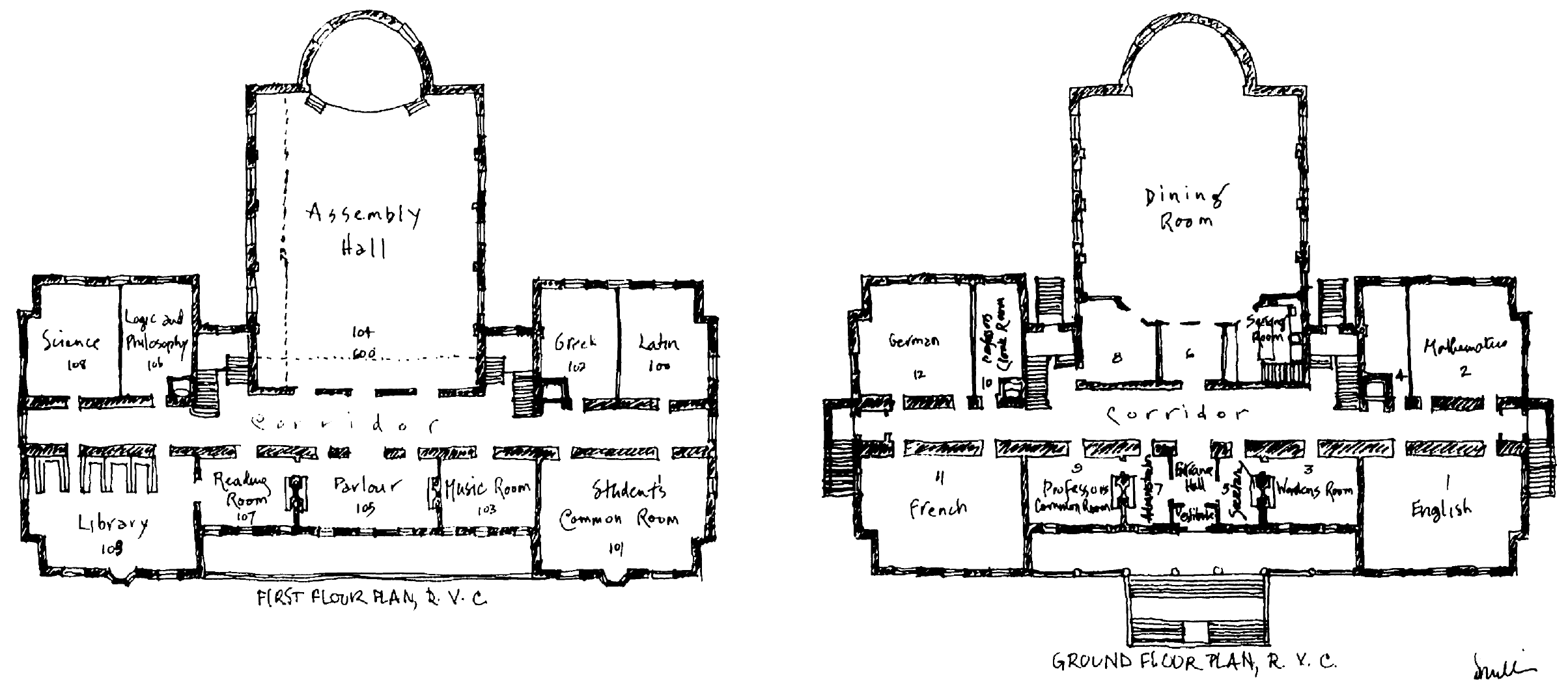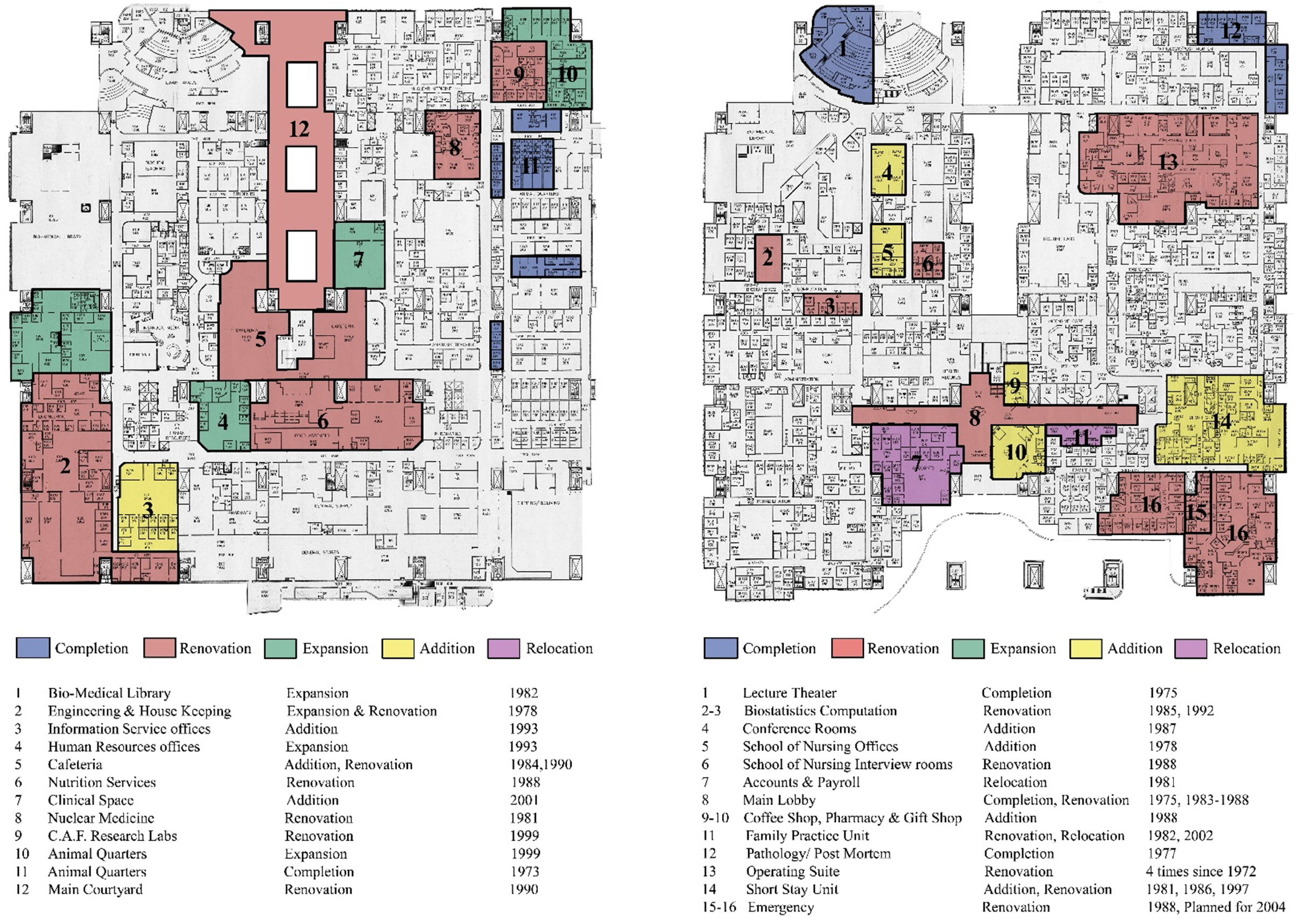
The Post-professional option in Domestic Environments was active from 1993–2007. It explored the role of living space as a shaper and container of social interaction through interdisciplinary, primary-source research. Drawing on methods in architectural history, cultural geography, anthropology, and social history, participants in the option studied a specific housing type or a clearly defined group of buildings as artifacts of material culture. The objective was to analyze how social, political, and economic forces had shaped the places in which people lived, and in turn, how inhabitants had configured space to suit their own needs.
Annmarie Adams created the Domestic Environments option, in close collaboration with the Minimum Cost Housing and Affordable Homes options. Key contributing faculty include Vikram Bhatt, Avi Friedman, Norbert Schoenauer, and Pieter Sijpkes.
Participants in the Domestic Environments option considered housing as an essential way that people define themselves. They considered housing as inseparable from other building typologies, constituting just one aspect of an open-ended cultural landscape that embraces both “designed” and “ordinary” places. A second important assumption was that dwellings are dynamic environments. Participants studied not only with design intentions as manifest at the time of a building’s construction, but also the many ways that houses change over time.

A significant distinction of the Domestic Environments option was the broad mandate to relate the world of housing to other seemingly non-domestic realms of the built environment. A major opportunity to explore the relationship of homes and hospitals, for example, was offered to students through major funding from the Canadian Institutes of Health Research (CIHR). Other topics undertaken by graduates included an exploration of Montreal’s convents, a study of the changing role of the bedroom, a gender-based look at Canada’s Parliament Buildings, an analysis of the impact of war on Lebanon’s evolving architecture and of the gated communities in Bogotá, an historical study of a women’s residential college, a comparative project on houses by Mies van der Rohe, and another on high-rise housing in Shanghai.

Students presented research at major academic conferences, such as the annual meetings of the Vernacular Architecture Forum and the Society of Architectural Historians, and published in peer-review journals. Graduates of the Domestic Environments option were awarded the prestigious Martin Eli Weil Prize, given annually by the Society of the Study of Architecture in Canada for the best student paper on Canadian architecture, and the Graduate Fellowship in Health Facility Planning and Design, awarded by the American Institute of Architects (AIA) Academy of Architecture for Health (AAH). Following graduation, students pursued doctoral research at leading universities, continued in architectural practice in Canada and abroad, and accepted major positions in museums and research institutions.
